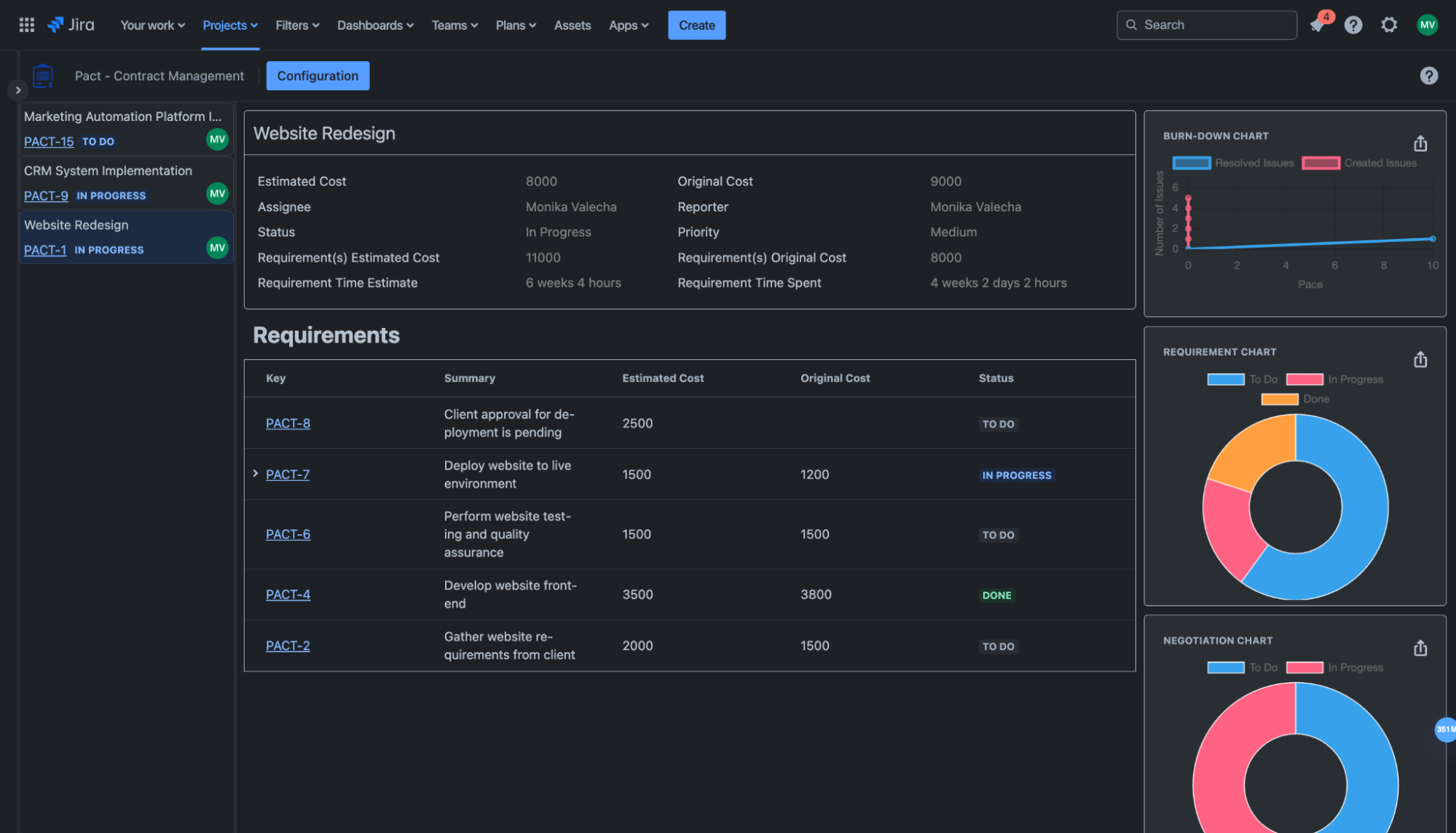

Every business now is in need of a contract lifecycle management software. With businesses getting more and more complex such tools are extremely important. Better contract performance, legal compliance, and business operations are made possible for organizations through contract lifecycle management (CLM).
In this blog you will learn a lot about contract lifecycle management, the significance of contract lifecycle management, the stages involved in contract lifecycle management and a bit about certain other tools which are useful in this case.
Contract lifecycle management (CLM) tracks contracts from consideration to fulfillment, renewal, or termination. CLM's main benefit is organizing contract lifecycle monitoring to reduce risks and improve operational efficiency.

In order to protect its interests and adhere to regulations, a business needs to manage contracts effectively. To lessen the possibility of disputes, good contract law management (CLM) makes sure that all agreements are enforceable, mutually agreed upon, and clear. Additionally, it supports:

There are seven basic steps in the contract management process, and each one is important for the duration of the contract:
Since each step builds on the one that came before it, it is essential to pay great attention to every detail in order to guarantee a smooth transition and efficient contract management.
Although it is possible to complete CLM by hand, using specialized software makes the process much more accurate and effective.
For example, Optimizory's PACT is a powerful CLM tool that makes contract management procedures simpler and quicker. It combines functions like automated tracking, reporting, and electronic signatures, simplifying the process of managing contracts from a single platform.

As sensitive information is frequently contained in contracts, security in CLM is crucial. Protecting against unwanted access and possible breaches can be achieved by making sure data is encrypted and access is restricted using techniques like two-factor authentication.
CLM is critical to many departments and industries. Good contract management supports several organizational functions, including sales, sourcing, legal, and human resources, by ensuring that contracts are current, compliant, and in line with business objectives.
It is not just the law that an organization has to use Contract Lifecycle Management, it is also a useful strategic tool that can greatly improve its operational efficiency. Businesses may use technologies like Optimizory's PACT to automate and optimize their contract procedures, making them more capable of handling the demands of today's hectic business climates. Investing in a strong CLM strategy is essential, regardless of whether your goals are to increase efficiency, profitability, or compliance.